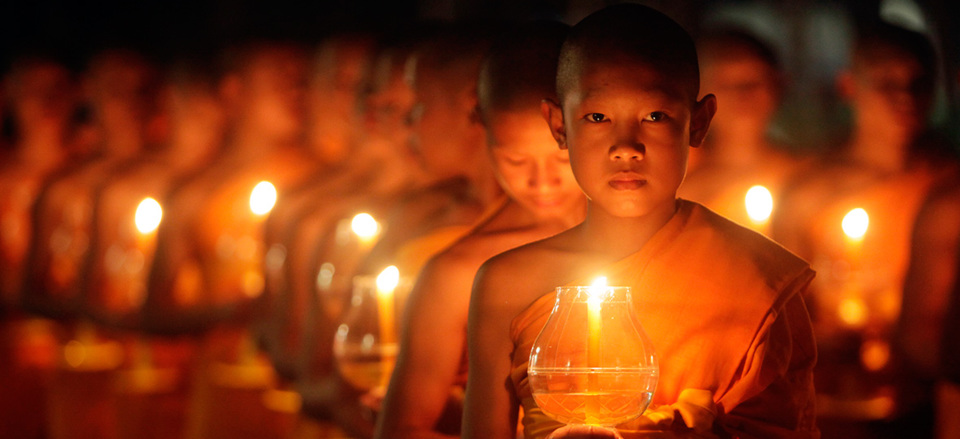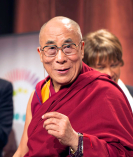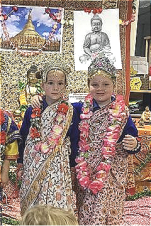
Tibetan Buddhism
Tibetan Buddhism is the body of Buddhist doctrine and institutions characteristic of Tibet, the regions surrounding the Himalayas and much of Central Asia. It derives from the latest stages of Indian Buddhism and preserves "the Tantric status quo of eighth-century India." Tibetan Buddhism aspires to Buddhahood or rainbow body.
Tibetan Buddhism has religious texts and commentaries that comprise the Tibetan Buddhist canon, such that Tibetan is a spiritual language of these areas. Tibetan Buddhism has four major schools, school, and the namely Nyingma,
Kagyu, Sakya and Gelug (developed out of Sakya). The Jonang is a smaller Rimé movement
is an eclectical movement involving the Sakya, Kagyu and Nyingma schools. Among the prominent exponents of Tibetan Buddhism are the Dalai Lama and Panchen Lama, the leaders of Gelug school in Tibet.
Tibetan Buddhism comprises the teachings of the three vehicles of Buddhism: the Foundational Vehicle, Mahāyāna, and Vajrayāna. The Mahāyāna goal of spiritual development is to achieve the enlightenment of buddhahood in order to most efficiently help all other sentient beings attain this state. The motivation in it is the bodhicitta mind of enlightenment — an altruistic intention to become enlightened for the sake of all sentient beings.[8] Bodhisattvas are revered beings who have conceived the will and vow to dedicate their lives with bodhicitta for the sake of all beings. Tibetan Buddhism teaches methods for achieving buddhahood more quickly by including the Vajrayāna path in Mahāyāna.[9]
Buddhahood is defined as a state free of the obstructions to liberation as well as those to omniscience.[10] When one is freed from all mental obscurations, one is said to attain a state of continuous bliss mixed with a simultaneous cognition of emptiness, the true nature of reality. In this state, all limitations on one's ability to help other living beings are removed.
It is said that there are countless beings who have attained buddhahood. Buddhas spontaneously, naturally and continuously perform activities to benefit all sentient beings. However it is believed that one's karma could limit the ability of the Buddhas to help them. Thus, although Buddhas possess no limitation from their side on their ability to help others, sentient beings continue to experience suffering as a result of the limitations of their own former negative actions.







